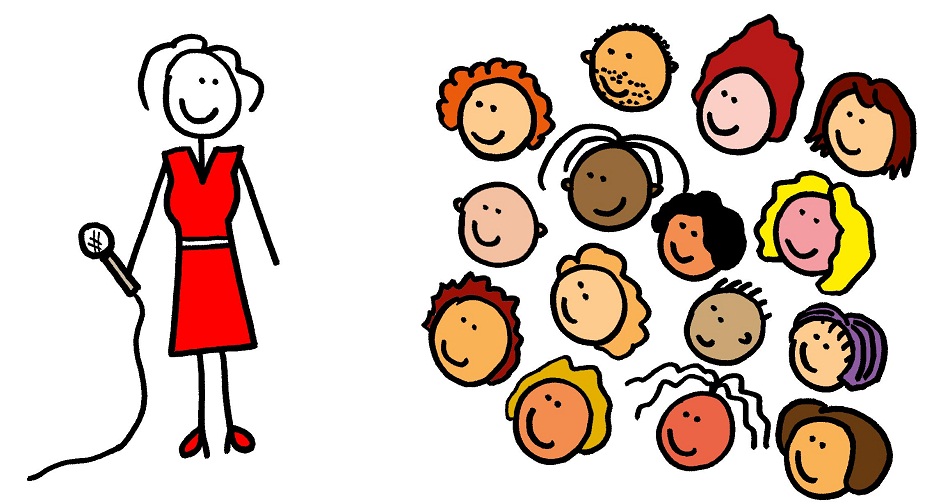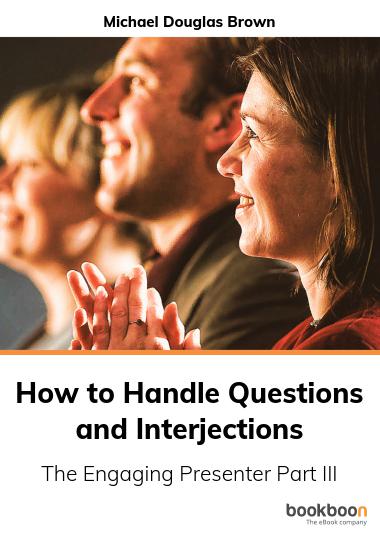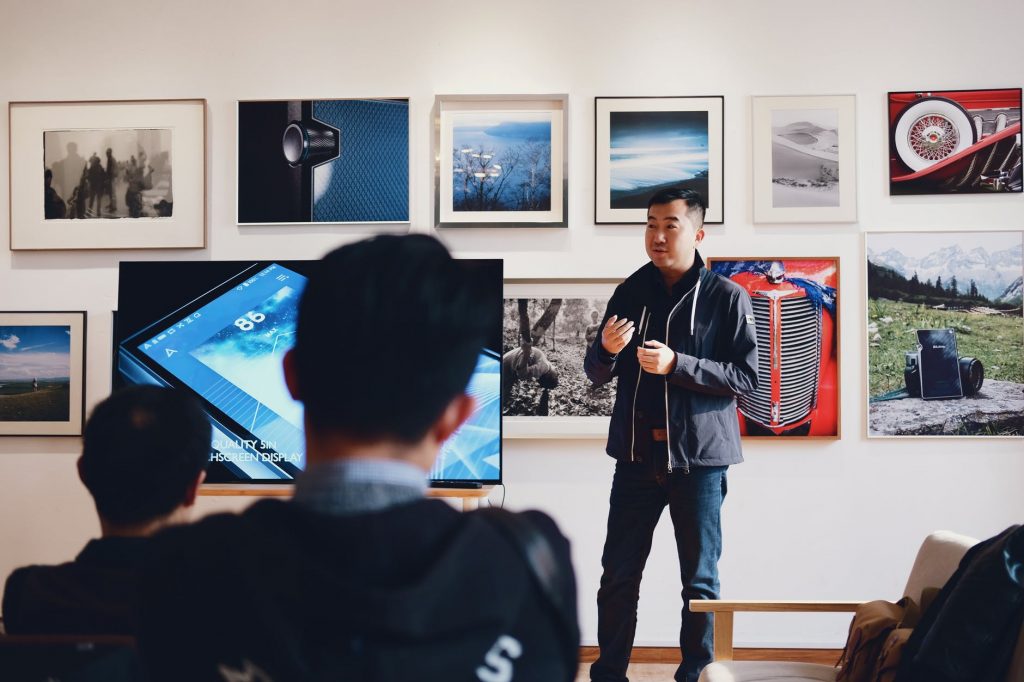The ultimate method on how to handle questions from your audience

When you are holding a presentation, do you sometimes fear unexpected questions and interjections from the audience? There is one method which will help you understand that there is nothing to fear from your audience, no matter how they feel about your topic. It will help you build rapport with your audiences. It will also help you handle virtually any kind of unexpected event, including questions, interjections, cross-fire amongst the audience, aggressive comments about your message, hostility and personal attacks on you. Continue reading…
How the method works
Here it is in one sentence: SHARE YOUR REPLY as if every person in your audience asked that question (or interjected) and wants to hear the answer.
For a moment, picture doing just that. You’re telling a meeting how the new schedule will work, when Annette interrupts you. She says, “How will that affect our working conditions?” You nod, and reply, giving only the first word or two to Annette and then, at random, to the rest of the people in front of you, returning to Annette for a nod at the end.
Thought experiment
Imagine you’re in the front row of an audience of 200. You ask a question, but the answer is a long one and the presenter looks at you straight down the barrel for the entire time with everyone watching both of you.
How do you feel?
Uncomfortable, of course. You’ll want to exit under the carpet. And how does the rest of the audience feel? Impatient. Ignored.
How small does the audience need to be in order to ignore the sharing technique? That’s right – one. The technique applies to all audiences.
Let’s begin. Here’s a starter version of the core technique.
STEP 1: Listen to the questioner (or interjector).
STEP 2: Direct only the first word or phrase of your answer to the questioner.
STEP 3: Direct the rest of your answer, at random, to the entire audience.
STEP 4: Return to the questioner for the last word or phrase.
It’s simple in essence and powerful in practice. You can practice it right away, as long as you try it first with easy, non-emotional questions. Ask someone you trust to give you feedback afterwards.
Now we’re going to build on that ‘starter’ version.
Adopt the attitude
Some presenters fear questions and interjections even more than they fear one-way speaking. Allowing something unexpected to happen feels like opening Pandora’s box and releasing all manner of horrors. Instead of allowing negative thoughts, develop a self-talk such as this:
Ah, good. Chances are others will have the same question and this helps me understand how others in the audience feel. How can I use this to help everyone understand?
Make that your self-talk even when the questions and interjections are probing or emotionally charged. Choose to genuinely welcome questions and interjections as contributions to group understanding.
Involve your body in the reply
The body language I’m talking about is subtle, the movements small, the impact large. The movements are so small, the audience only takes them in subconsciously, but they strongly influence decisions about the credibility of your answer, and of you. For full credibility and trust, your eyes, head and body must work together.
Home position – with or without interaction
For normal one-way speaking – even before questions and interjections begin – your torso should be inclined forward. If you’re standing, that’s an almost imperceptible tilt. If you’re sitting, you also rest the fleshy parts of your arms on the table, with hands slightly apart, or one hand resting lightly on the other, ready to gesture. Your stance quietly signals that the whole of you wants to be in their company.
Turning to the questioner
If you’re engaged with an audience you’re turning your attention randomly to different individuals. That means eyes, head and body. And now we need to look at the most subtle yet powerful movement of all. In the spine. When you look at an individual, tilt head and spine slightly towards that person.
THE TURN (sitting or standing)
When you turn to an individual, move your eyes fully, rotate your head almost fully, rotate your shoulders partly, and tilt your spine towards that person very slightly.
What to do with your body during interaction
STEP 1: Do THE TURN, then actively listen to the questioner (or interjector).
STEP 2: Direct only the first word or two to the questioner with extra animation.
STEP 3: Direct the rest of your answer, at random, to the entire audience – as if every person asked that question.
STEP 4: Return to the questioner for the last word or phrase – and a nod of acknowledgement.
That acknowledgement might also be a ‘thank you’. Or if you’re not sure you actually answered the question, ask, ‘Did I answer your question?’




